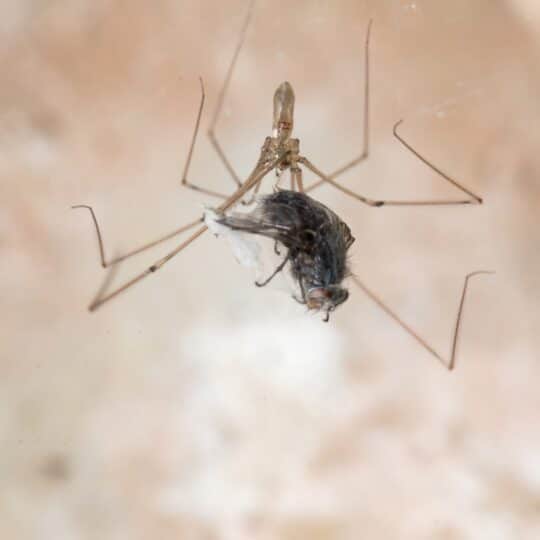Pests That Prefer Humid Environments

In humid climates, we all need to be on the lookout for pests that could thrive in the damp corners of our homes. Moisture-loving insects can cause costly damage if they are allowed to make themselves comfortable. It is important we familiarize ourselves with the signs of these common pests, as well as the best methods for keeping our homes from attracting them in the first place.
Humidity creates ideal conditions for pests to stay hydrated while they breed in a relatively safe environment. Eliminating these pest’s access to moisture, shelter, and food are all good first steps to make naturally humid environments less habitable to these unwanted little critters.
Pests on the Prowl: What Do I Need to Look Out For?
If you do spot moisture inside of your property, chances are that pests are not far behind. Not all pests prefer moisture, but those that do will seek it out with incredible precision. Some of the pests that you may find include:
- Centipedes and Earwigs – While mostly harmless, their presence indicates excess moisture. Think of them as a warning system for other pests. Often found in basements, garages, and mulch near house foundations.
- Spiders – Only some spiders prefer moist environments, but those that do will frequently use moist areas of your property as their home. Cellar spiders are perhaps the most common example. These spiders prefer damp environments, and – unlike other spider species – are happy to live in close proximity to each other, which means you may have a lot of spiders around your property.
- German Cockroaches – One of the most common insects found in humid homes. They can carry diseases and often trigger allergies. These small, light brown cockroaches feed on our food and waste and are often spotted in areas with standing water or leaky pipes like kitchens or bathrooms.
- Silverfish – These wingless, teardrop-shaped insects feed on books, important documents, and other fabrics that contain starch or cellulose. Look for them in damp, dark places like basements and attics.
Most of these pests are simply looking for an environment to thrive in. The high moisture levels that promote their infestation are often looking for access to water, which they require for hydration, reproduction, and development. Eggs and larvae, in particular, need damp conditions to survive.
More humidity also translates into lower temperatures, which many of these creatures find comfortable. Hot, dry conditions can dehydrate pests and create an inhospitable environment.
How Do I Stop Them?
Speaking of inhospitable, there are also a few preventative measures you can take to run these pests out of town. Sanitation is invaluable, as many of these creatures are attracted to damp and dirty environments. Promptly cleaning up food waste and keeping any open food containers sealed are also good habits to minimize the risk of infestation.
Weatherstripping around doors and windows as well as fixing leaky pipes or other sources of water damage can also ward them off before they ever become an issue. The early detection of an infestation is the key to controlling these types of pests.
By controlling excess moisture and sealing any entry points to your home, you can help prevent visits from these humidity-loving pests before they ever knock on your door. If you are already confronted with an infestation outside of your control, we suggest the help of a professional exterminator. It is often the most effective next step at that point.